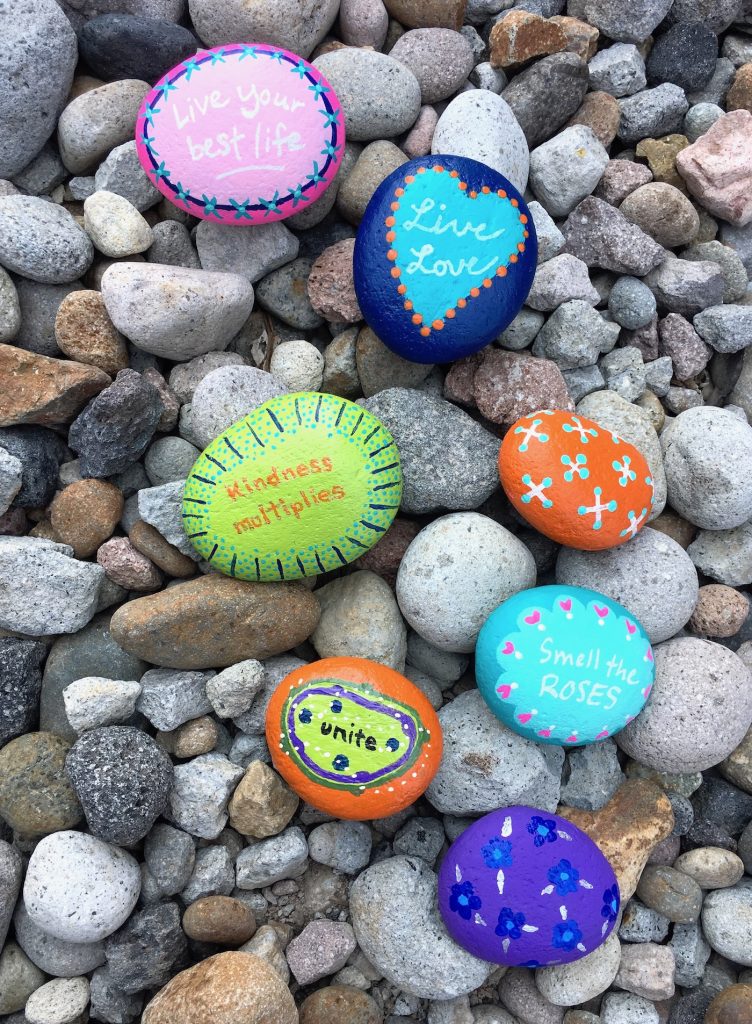Adaptive skills for special needs individuals refer to the essential life skills that enable those with disabilities to manage their everyday tasks and live independent, fulfilling lives. These skills encompass a wide range of competencies from basic self-care to more complex tasks like managing money or navigating social situations.
The Importance of Adaptive Skills
For individuals with special needs, adaptive skills can greatly influence their quality of life. These abilities allow individuals to function with a greater degree of independence, which not only helps them in their personal development but also reduces the burden on caregivers. Building adaptive skills can promote inclusion in the community and opens doors for educational and occupational opportunities.
Categories of Adaptive Skills
There are several key areas where adaptive skills are necessary:
1. Self-Care: Basic personal care such as grooming, dressing, bathing, eating, and managing personal hygiene.
2. Domestics: Skills needed to maintain living spaces such as cleaning, organizing, laundry, and simple repairs.
3. Health & Safety: Understanding personal health, knowledge of first aid, how to seek medical attention, and awareness of safety protocols.
4. Social Skills: The ability to interact with others appropriately which includes communication skills, understanding social cues, and showing empathy.
5. Leisure & Recreation: Engaging in hobbies or activities that provide relaxation and enjoyment while also encouraging socialization and skill development.
6. Community Use: The ability to navigate community resources such as using public transportation, shopping for necessities, or accessing public services.
7. Self-Direction: Goal-setting abilities, problem-solving skills, time management, and having personal responsibility.
8. Functional Academic Skills: Basic literacy and numeracy skills necessary for everyday living such as reading instructions or handling money.
Strategies for Developing Adaptive Skills
There are many approaches to helping individuals with special needs develop adaptive skills:
1. Structured Teaching: Creating predictable environments and routines that facilitate learning through repetition and consistency.
2. Task Analysis: Breaking down complex tasks into smaller steps that are easier to manage and master one at a time.
3. Modeling Behavior: Demonstrating tasks so individuals can observe and then replicate the behaviors.
4. Visual Supports: Using pictures or symbols to guide actions especially for those who respond better to visual cues than verbal instructions.
5. Technology Aids: Incorporating assistive technology like apps or devices designed specifically for task reminders or communication help.
6. Social Stories: Utilizing simple stories that depict social situations and appropriate responses to help understand expectations in different settings.
Challenges Faced in Developing Adaptive Skills
The path to learning adaptive skills can be fraught with challenges for individuals with special needs:
1. Cognitive Limitations: Intellectual disabilities may delay or limit the ability to learn complex tasks.
2. Physical Disabilities: Physical limitations may require special adaptations that can make learning certain skills more challenging.
3. Emotional Barriers: Anxiety or lack of confidence can inhibit learning; thus emotional support is crucial in the developmental process.
4. Lack of Opportunities: If opportunities to practice these skills are not available or limited due to external factors (e.g., environmental barriers), then skill development can be hindered.
Conclusion
Adaptive skills are crucial for special needs individuals seeking independence and a better quality of life. Through focused instruction, persistent encouragement, appropriate adaptations, and community support individuals with special needs can progress in learning these vital skills ultimately leading full active lives within their communities.
Each individual is unique; therefore, developing adaptive skills requires a personalized approach that factors in their abilities, challenges, environment, means of learning best suited to them while providing ample opportunity for practice and real-world application. With continual support from family members professionals society as whole people special needs can equip themselves with an important set of tools navigate life more independently confidently successfully.








